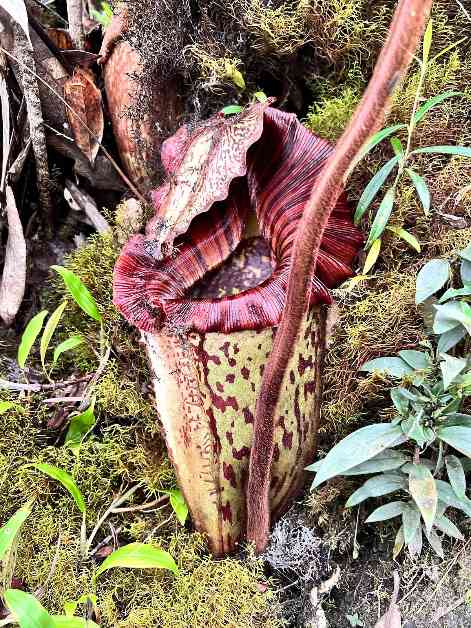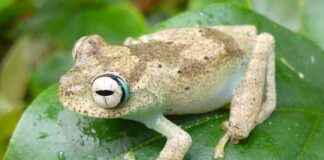Nepenthes pongoides: The New Orangutan-Colored Pitcher Plant of Borneo
In the heart of the ultramafic mountains of central Sabah, Borneo, a team of botanists has made a groundbreaking discovery that has the scientific community buzzing with excitement. They have officially documented and named a new species of giant carnivorous pitcher plant, a plant that stands out not only for its impressive size but also for its striking resemblance to the orangutans that call the region home.
### Unveiling a Hidden Giant
The team, comprised of botanists from the Sabah Forestry Department’s Forest Research Centre in Malaysia and two colleagues from Australia, came across this unique plant during their expedition to the relatively low-elevation ultramafic Meliau Range of central Sabah. The plant, known as Nepenthes pongoides, is one of the largest species of its kind described in recent years. However, what makes it truly special is its resemblance to the local orangutans, with its long red hair covering the pitcher, earning it the moniker “resembling orangutan.”
### A Race Against Time
Despite its remarkable features, Nepenthes pongoides faces a grim reality. With only 39 mature individuals spotted across two subpopulations, the species has been classified as Critically Endangered under the IUCN Red List criteria. The plant’s very existence is under threat due to its extremely small population size, limited area of occurrence, and the looming danger of unsustainable poaching for the horticultural trade.
### A Call to Action
As the research team delves deeper into the discovery, they emphasize the importance of targeted exploration in uncovering hidden biodiversity in wilderness areas. By shedding light on remarkable species like Nepenthes pongoides, scientists hope to close gaps in scientific knowledge and pave the way for conservation measures to protect these vulnerable plants from extinction.
In a world where the delicate balance of nature hangs in the balance, the discovery of Nepenthes pongoides serves as a poignant reminder of the beauty and fragility of our natural world. As we marvel at the wonders of this new pitcher plant, let us also reflect on our role in preserving the rich tapestry of life that surrounds us.














